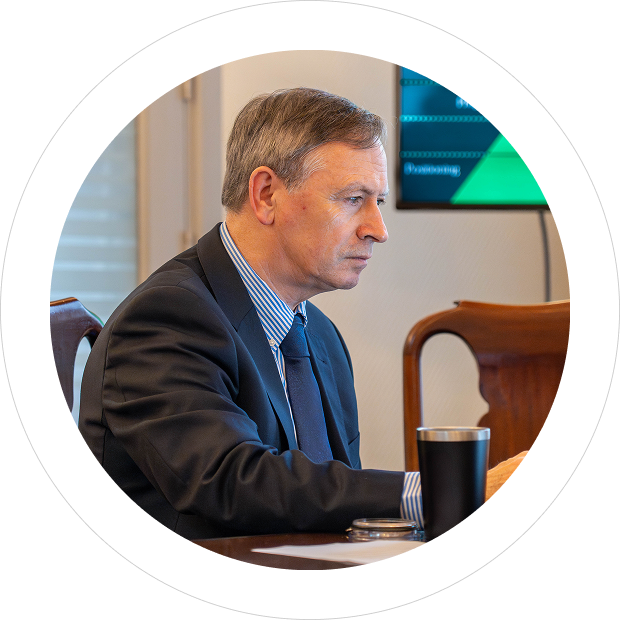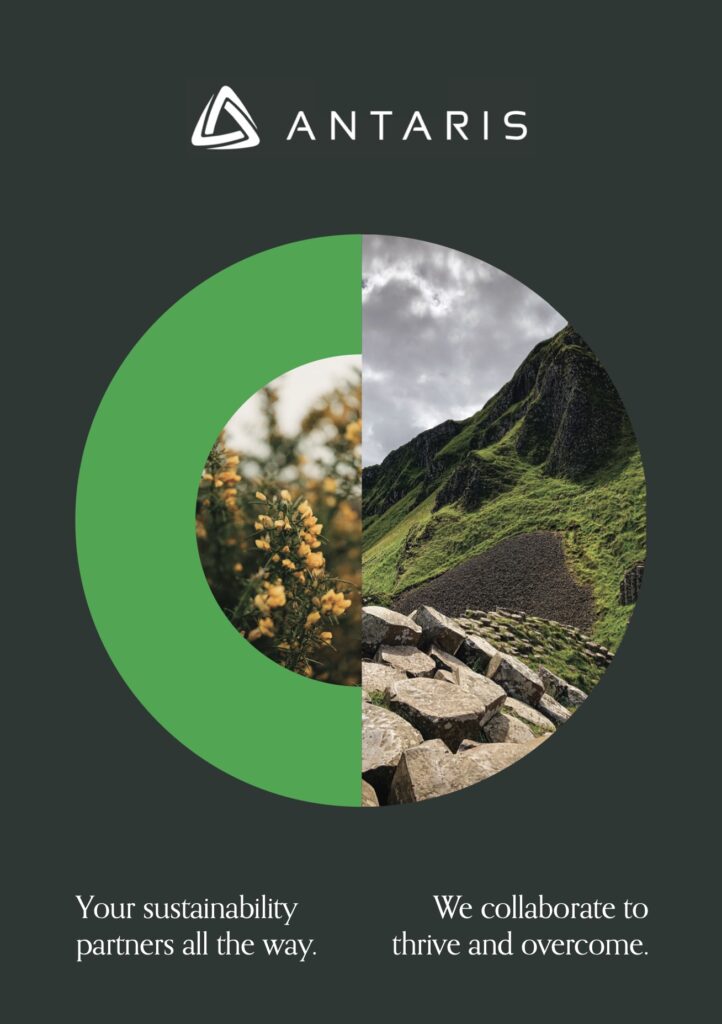Global Growth in the Uptake of ISO Standards: ISO 50001
This post investigates the global growth in the uptake of ISO’s seven most popular standards over the 2012 and 2013. Figures released from the ISO show a large increase in the number of certificates issued in 2012, compared with those issued in 2011. In 2012, the number of certificates issued across the seven standards reached over 1.5 million. In this post more focus will be placed on the trends on the number of certificates issued in both Ireland and the UK.
Since its formation in 1947, the ISO has developed over 19,573 standards. The reach of the organisation has expanded with members in 164 countries across the globe. The national members consist of 111 member bodies, 49 correspondent members and four subscriber members.
The number of active projects has increased from 4,007 in 2011, to 4,056 in 2012. Consequently, the number of standards published has also risen from 1,208 in 2011, to 1,280 in 2012.
A summary of the statistics is shown in the table below.
Table 1 Global Distribution of Certificates 2011 and 2012
|
Standard |
No. of Certs Issued 2012 |
No. of Certs Issued 2011 |
Increase |
Increase (%) |
| ISO 9001 (Quality) |
1,101,272 |
1,079,647 |
21,625 |
2% |
| ISO 14001 (Environmental) |
285,844 |
261,957 |
23,887 |
9% |
| ISO 50001 (Energy) |
1,981 |
459 |
1,522 |
332% |
| ISO 27001 (Information Security) |
19,577 |
17,355 |
2,222 |
13% |
| ISO 22000 (Food Safety) |
23,231 |
19,351 |
3,880 |
20% |
| ISO/TS 16949 (Quality Automotive) |
50,071 |
47,512 |
2,559 |
5% |
| ISO 13485 (Quality Medical Devices) |
22,237 |
19,849 |
2,388 |
12% |
|
Total |
1,504,213 |
1,446,130 |
58,083 |
4% |
Source (ISO, 2013)
From Table 1 above, it can be seen that the uptake for the seven most popular standards have all increased over the past year. The greatest increase in uptake has occurred with ISO 50001, with an increase of 332%.
This increase is due to the fact that ISO 50001 was released in June 2011, and therefore the 2011 figures represent six months of uptake. In addition this is the first internationally recognised energy management standard. The large increase may be the result of companies with existing standards upgrading their systems to comply with the requirements of ISO 50001, as the standard is in its infancy.
Sustainable Energy Authority Ireland’s Large Industry Energy Network (LIEN) is a voluntary network comprising of 140 companies representing 60 percent of Ireland’s industrial energy usage. A staggering €60m in avoided energy costs has been achieved since 2008 with the Scheme. SEAI also have a scheme under the LIEN, called the Energy Agreements Programme (EAP), over which there are 80 members which requires organisations to implement an energy management system.
In addition to this Ireland is home to many of the world largest MNCs (e.g. Google, Pfizer etc.) and these companies are paving the way for best practice energy management for their sites in other countries and this has been enforced further with the swift implementation of ISO 50001. Germany and the UK are the market leaders in the largest number of ISO 50001 certificates issued but Ireland is coming up behind these countries, and is driven by SEAI’s goal to ensure that all members of the EAP have achieved ISO 50001 certification by the end of 2013. (Brogan, 2012)
The global uptake of ISO 50001 over the first twelve months has exceeded that of ISO 14001 in its initial twelve month period, and is rivalling the number of uptakes of the ISO 9001 in the 1990’s.
Table 2 Distribution of certificates 2011 and 2012 in the UK
|
Standard |
Intro Year |
No. of Certs Issued 2012 |
No. of Certs Issued 2011 |
Change (%) |
Total Certs Issued |
| ISO 9001 (Quality) |
1993 |
44,670 |
43,564 |
+3% |
851,266 |
| ISO 14001 (Environmental) |
1999 |
15,884 |
15,231 |
+4% |
106,654
|
| ISO 50001 (Energy) |
2011 |
24 |
11 |
+118% |
35 |
| ISO 27001 (Information Security) |
2006 |
1,701 |
1,464 |
+16% |
7,011 |
| ISO 22000 (Food Safety) |
2007 |
71 |
65 |
+9% |
249 |
| ISO/TS 16949 (Automotive Quality) |
2004 |
23 |
21 |
-2% |
5,121 |
| ISO 13485 (Medical Devices Quality) |
2004 |
193 |
159 |
-3% |
10,057 |
|
Total |
62,566 |
60,515 |
+3% |
980,393 |
From Table 2, it can be seen that the distribution of ISO 9001 makes up the majority (over 86%) of the total number of certificates distributed in the UK. The largest growth area is seen in ISO 50001, due to its recent release.
ISO 50001
Only in its second full year, ISO 50001 on energy management has shown remarkable growth as seen in Table 1, generating special enthusiasm in Europe and SE Asia. Certification in this sector is anticipated to rise over the next few years as the short-term benefits of energy efficiency become noticeable.
The number of ISO 50001 certificates issued in Ireland 2012 was 35. This number is quite large considering it is a voluntary standard. Adding this to the fact that the standard was only introduced in June 2011 and many companies are likely to have had other EnMS standards in place, such as EN 16001, prior to them being phased out by 31st December 2012. These factors make it difficult to assess the actual number of certificates in place.
The next ISO survey will give a good indication as to whether the SEAI met their uptake goal stated above.
In the UK, the number of ISO 50001 certificates issued grew by 118% in 2012 to 24. The top three countries in the world for the total number of certificates were Germany, Spain and Denmark, while the top four for growth in the number of certificates in 2012 were Germany, Denmark, Italy and Ireland.
A large number of the certified Irish sites belong to energy-intensive MNCs (such as Intel, Pfizer, Glanbia, etc.) who are now sharing their knowledge on energy management with their global operations. Public bodies are also achieving firsts in energy management; In December 2011, University College Cork (UCC) became the first university in the world to achieve certification to ISO 50001.
It is recognised that Ireland is ahead of the international trend in energy management and with the global market for this knowledge and expertise growing, Irish business are growing competiveness abroad. ISO state that energy management standards could potentially influence 60% of the world’s energy use and Irish businesses in this sector are uniquely positioned to benefit.
Brian Motherway of the SEAI, commented: “The expertise developed in Ireland by organisations trying to reduce energy use and companies specialising in energy management services, is now globally recognised as best in class. Other nations are increasingly looking to Ireland to learn from our proven track record in energy management, and this represents a real opportunity for Ireland.” (SEAI, 2012)
With stringent 20-20-20 targets for EU member states set out in the Renewable Energy Directive, Ireland must reduce greenhouse gas emissions by at least 20% below 1990 levels, and that 20% of energy consumption must come from renewable resources, along with a 20% reduction in primary energy use. The Irish government, with an aim of setting a good example, have pledged to exceed the national target and aim to improve their efficiency in the public sector by 33% by 2020.
These stringent targets, coupled with the ever-increasing cost of utilities are the main drivers for organisation to implement formal energy management systems which aim to deliver continual improvement in energy performance. Taking these drivers into account, along with the uplift in the economic climate since the exit of the bailout, the future looks bright for the uptake of ISO 50001 in Ireland.







